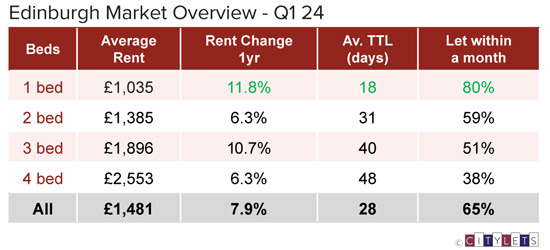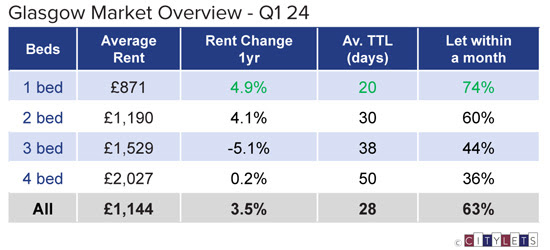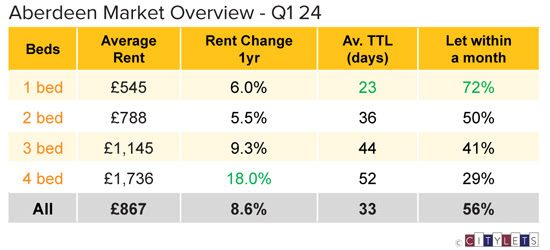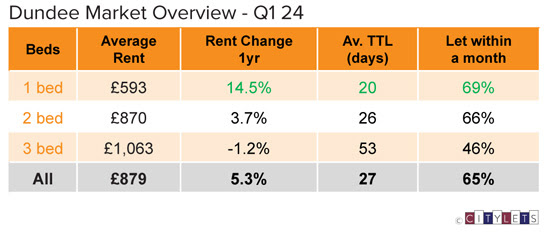Citylets: Private rents ease as Housing Bill enters parliament

The pressure on rents for new tenancies in Scotland’s private rented sector has started to ease with all major cities now reporting single-digit annual growth, according to new figures from Citylets.
The lettings portal said the statistics in its new report suggest the market may be starting to rebalance precisely when further controls have been put forward for debate in the new Housing (Scotland) Bill.

Citylets said the news will be both welcomed by tenants but a concern for landlords and institutions seeking to participate in the supply of rented homes in Scotland. Without free rein to operate in an open market, many privately funded developments will not be built at a time when the public housing budget for affordable homes has been slashed, the organisation said.
Citylets MD, Thomas Ashdown, added: “Rents in the open market of the Scottish private rented sector appear to be easing in many locations suggestive of a market now returning to better balance after what may transpire to be multiple but transitory market distortions set in motion by the pandemic. Reported cessation of large scale projects, poised to add a significant new supply of rental homes, would be rather unfortunate especially when it is wholly unclear as to where else they will come from.”

Temporary legislation supplanted the expired emergency legislation at the end of Q1 2024 which provides for controls within tenancies and a rent rise cap of up to 12%. New rents on the open market continue to operate freely however proposals in the new Housing (Scotland) Bill now before parliament seek to introduce rent pressure zones in local, over-heated markets.
Gillian Semmler, PR manager at Citylets, said: “Plans to extend controls in Scotland’s private rented sector will again have good intentions however these must be realistically and responsibly weighed up against the impact on rental supply.”

Adrian Sangster of Aberdein Considine added: “In Scotland’s dynamic letting market, recent changes to rent cap rules have grabbed attention. While such regulations aim to balance tenant rights and landlord returns, demand continues to surge, eclipsing available supply. Despite this, a silver lining emerges for landlords, with stagnant property prices and escalating rents yielding attractive investment prospects.
“Amidst this landscape, prudent landlords find themselves in a fortuitous position, as the market’s dynamics offer an opportune moment for acquisition. With rental yields on the rise, the Scottish letting market remains a compelling arena for landlords to navigate, presenting both challenges and promising returns in equal measure.”









